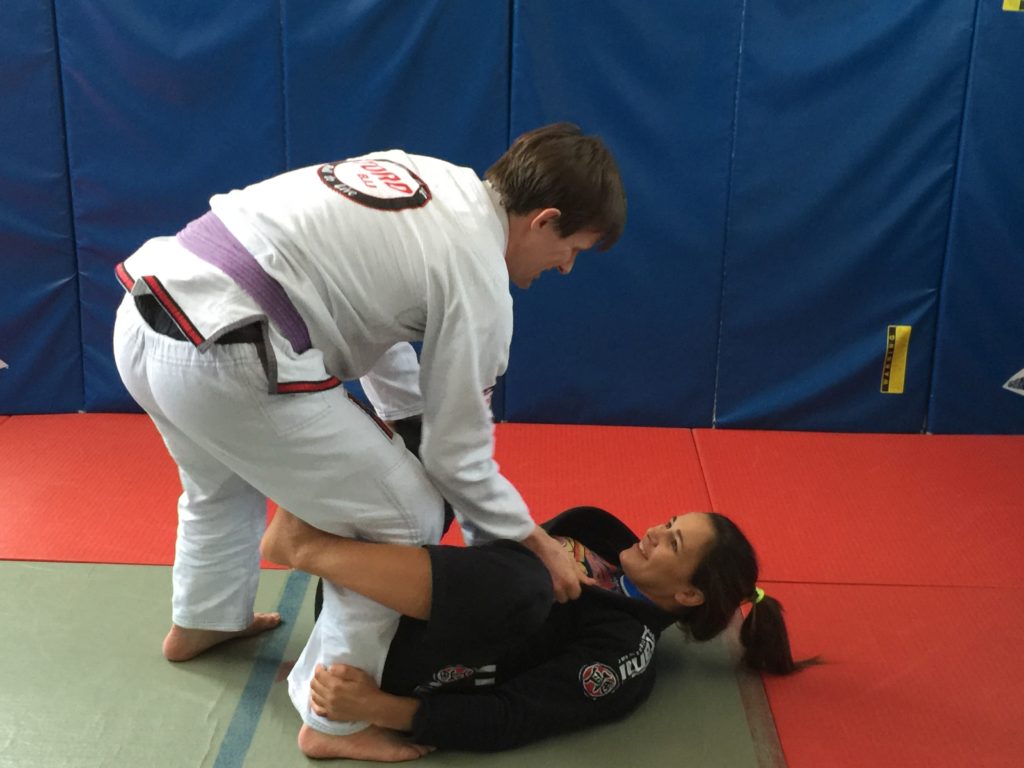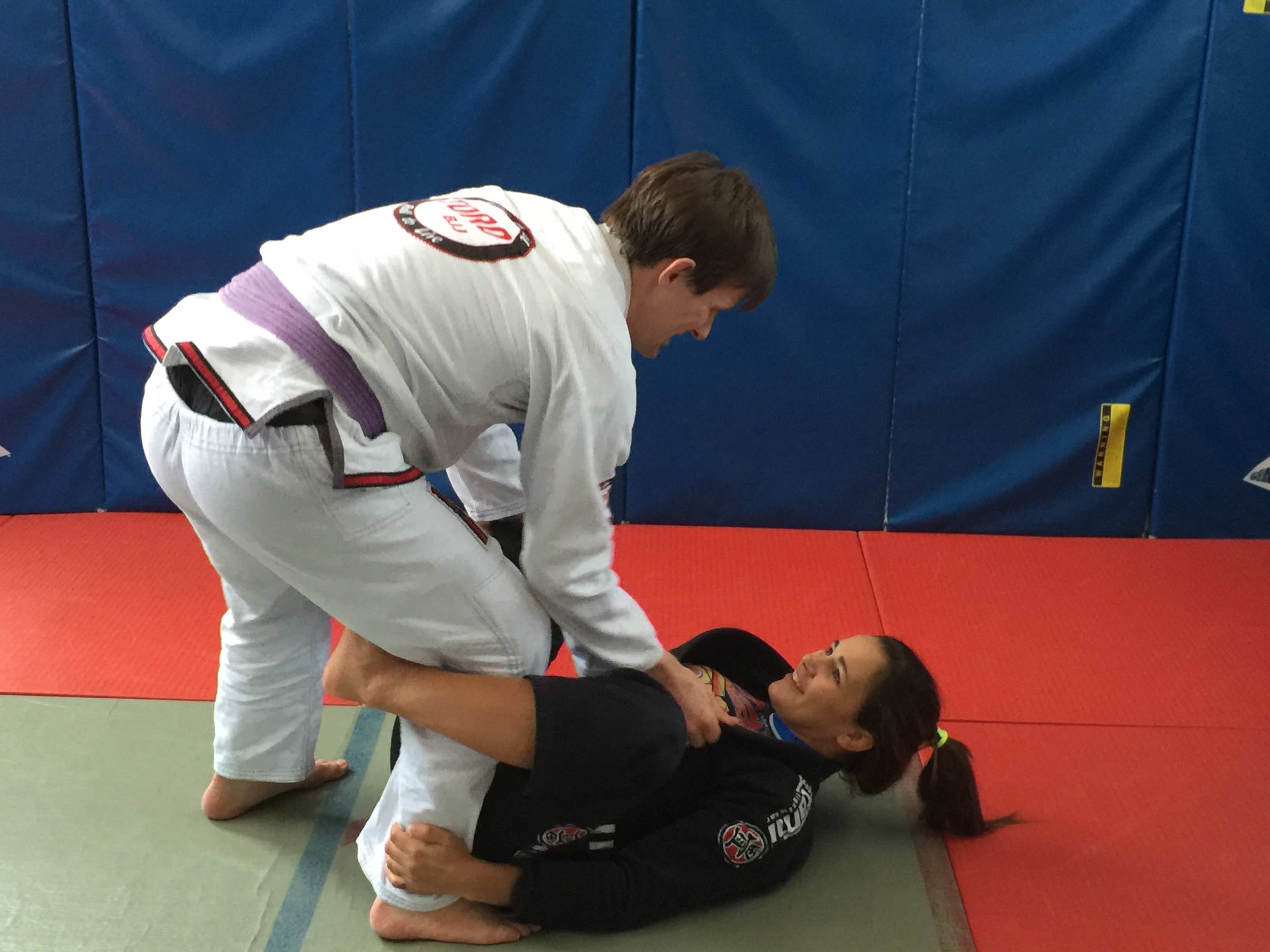Drilling — practicing moves and sequences of moves — is one of the most important ways to improve your jiu-jitsu. You really can’t do enough of it, especially if you’re drilling fundamental moves correctly.
In fact, especially early in your tenure, drilling is the single most critical part of a BJJ class. Most of the movements you’ll do are counter-intuitive, and teaching your body to do them takes time and effort. Besides, when you need to use these movements in a practical situation, they have to be second nature. Intellectually understanding how to do a basic shrimping motion, for example, is great — but if you have to stop and think about how to do it, the moment where it would have been most effective has probably passed.
As long as you do jiu-jitsu, you should be drilling. Drilling BJJ moves you know well is different than drilling ones you’re just getting to know, (For a more detailed breakdown of drilling for more experienced students, check that link). But there are principles that will help you maximize the benefits.
Treasure your drilling time, both during class and when you make time on your own — which you should. Here are some tips for how to get the most out of drilling:
WHEN YOU’RE PRACTICING THE MOVE
Take your time and get each detail right. You can gradually increase speed with proficiency, but get the proficiency down first. If your instructor has taken the time to emphasize a particular element of the technique — palm up vs. palm down, a deep grip versus a shallow grip — there is probably a very good reason. Drill the moves slowly, smoothly and step by step.
Drill the move longer than you think you should. Don’t drill until you get it right. Drill until you can’t get it wrong, until you don’t need to think about what comes next during a sparring session or a competition. If you have to think, you’re late, and if you have to guess, you might be worse than late.
Don’t be afraid to ask a question. We’re building muscle memory and functional patterns, and we should build them as close to perfectly as possible. Be sure you’re drilling the move as the teacher intends — and if you ask questions, you might get answers to questions you haven’t even thought of yet.
Of course, you’ll only be in this position half the time. It’s important to be a good partner, too!

WHEN YOUR PARTNER IS PRACTICING THE MOVE ON YOU
Don’t resist your partner. Let them do the move without trying to stop them. Once you have the basic movements down, your partner may ask you to react in a certain way (“This time, act like you’re reaching for my sleeve). But get the basics before you build in more material.
… But don’t be a limp fish either. Being a good drilling partner is an art in and of itself, and those skills develop. Generally speaking, try to put yourself in a realistic position. If the “bad guy” is in half guard, get a normal half guard position so that your partner gets used to trying to pass that basic structure. Then, let your partner work.
Be receptive to feedback from the instructor. The teacher is there to help! If she or he tells you that you should be on your side, or should be less tense, take that in the spirit it’s intended — the spirit of improvement.
Whether you’re drilling a move on someone or they’re drilling on you, consider taking notes on the BJJ moves you’ve learned. It’ll help you remember the details and set you up to do more drilling later.
This is the third post in a series called the White Belt Starter Kit, advice for newer students. This series will answer some of the most common questions you might have, like how to get the most out of drilling, how to roll safely and well, how to maximize your training benefits, and how to be a helpful and valuable training partner. There will be a dozen or so posts in the series, which will be available here and updated consistently.

